Understanding Sand Casting
Sand casting is a versatile and ancient manufacturing process where sand casting sand is used to create molds for metal components. This method is renowned for its simplicity and ability to produce complex shapes and sizes, from small intricate pieces like sand casting jewellery to large industrial parts. The flexibility of sand molds makes it a preferred choice for custom metalwork and prototypes.
Types of Sand Casting
There are several types of sand casting, each with unique benefits. Green sand casting is the most common, utilizing a mixture of sand, clay, and water to create the mold. This method is cost-effective and efficient for producing metal castings. Resin sand, on the other hand, uses a synthetic binder to hold the sand together, offering a higher strength mold for more demanding casting applications. Metal casting sand mold technology has evolved to cater to various industry needs, ensuring a suitable method for different casting requirements.
Applications and Features
The applications of sand casting are vast, ranging from automotive components to decorative items. Green sand molding is particularly popular for its ease of use and material reusability, making it ideal for green sand for casting metal parts. The process is adaptable to metals like steel, bronze, and aluminium sand casting, highlighting its versatility. Features of sand casting include the ability to produce complex geometries and internal cavities that would be challenging with other manufacturing processes.
Materials and Advantages
Materials used in sand casting must possess specific properties to withstand the casting process. Molding sand for metal casting typically includes silica, clay, and moisture, which together create a stable mold capable of withstanding high temperatures. The advantages of using sand foundry techniques include low tooling costs, the ability to cast large parts, and the flexibility to use various metals, ensuring a broad range of applications.
The Sand Casting Process
The process begins with the creation of a sand casting mold, which is formed around a pattern of the desired shape. Once the mold is prepared, molten metal is poured into it and allowed to solidify. The sand mold is then broken away to reveal the new metal casting. This method, including greensand casting sand and mold sand casting, allows for rapid production and is highly repeatable, making it suitable for both short and long production runs.
Choosing the Right Sand Casting Supplier
Selecting a reliable supplier for sand casting needs is crucial. Prospective buyers should seek suppliers who can provide detailed information about their casting capabilities and the types of sand casting they offer. It's important to inquire about the materials used, the range of casting sizes available, and the additional services such as machining or finishing that may be provided. By doing so, buyers can ensure they receive the appropriate components for their specific industrial applications.











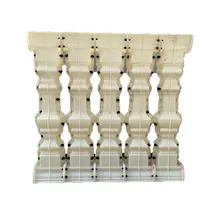
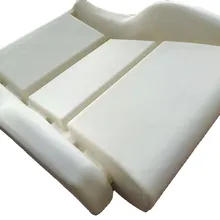





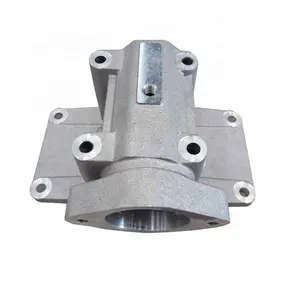
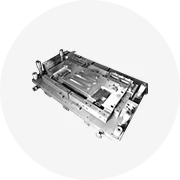




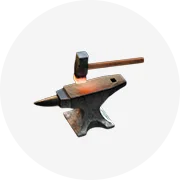








 浙公网安备 33010002000092号
浙公网安备 33010002000092号 浙B2-20120091-4
浙B2-20120091-4